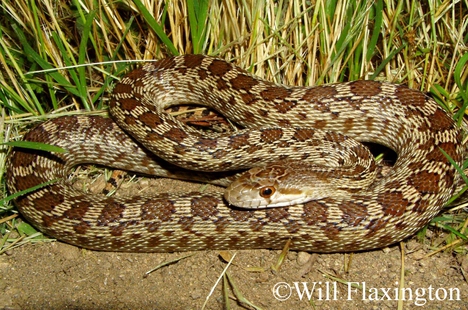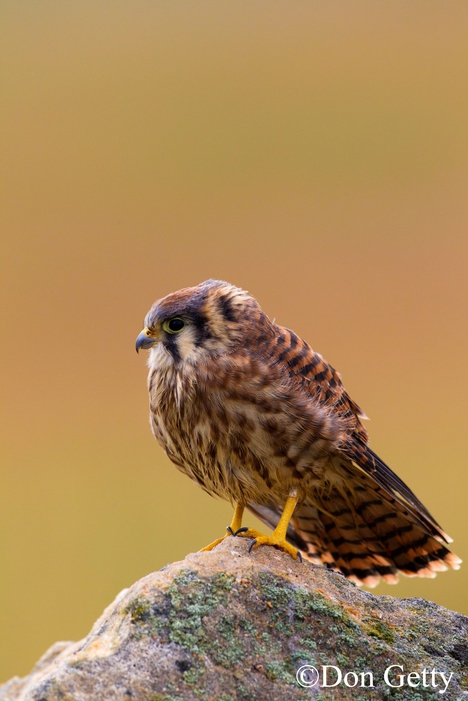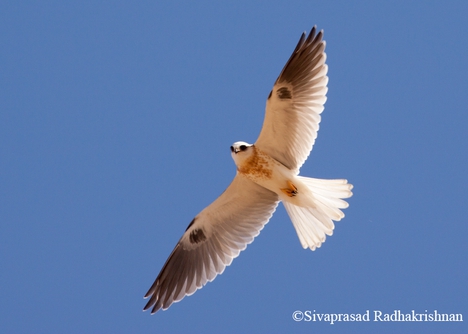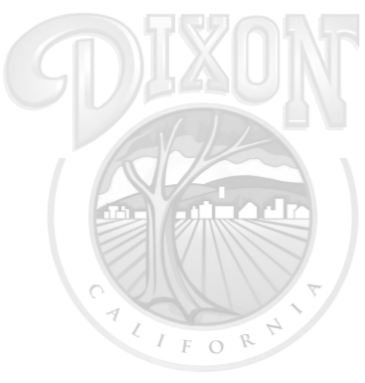As part of the Pond C Biofiltration and Habitat Project, 28 acres were seeded with 36 species of native grasses and wildflowers.
Open, sunlit grasslands like these produce trillions of seeds each year. Grasses and seeds form the base of an ecological food chain that provides food for herbivores like grasshoppers, mice and voles.
Further up the food chain, predators such as northern harriers, American kestrels and white-tailed kites prey upon insects and rodents. You can see these and other birds of prey hovering over Pond C or perched on fence posts, searching for their dinner.
Snakes, including gopher snakes, king snakes, and racers, are also important grassland predators. These non-venomous snakes are not dangerous to humans, although when cornered, a gopher snake will imitate a rattlesnake by flattening its head and shaking its tail. Other reptiles found in Pond C’s grasslands include western fence lizards and alligator lizards.
 |  |  |
| Although they are sometimes confused with rattlesnakes, gopher snakes are not dangerous to humans. | American kestrel | White-tailed kite |

